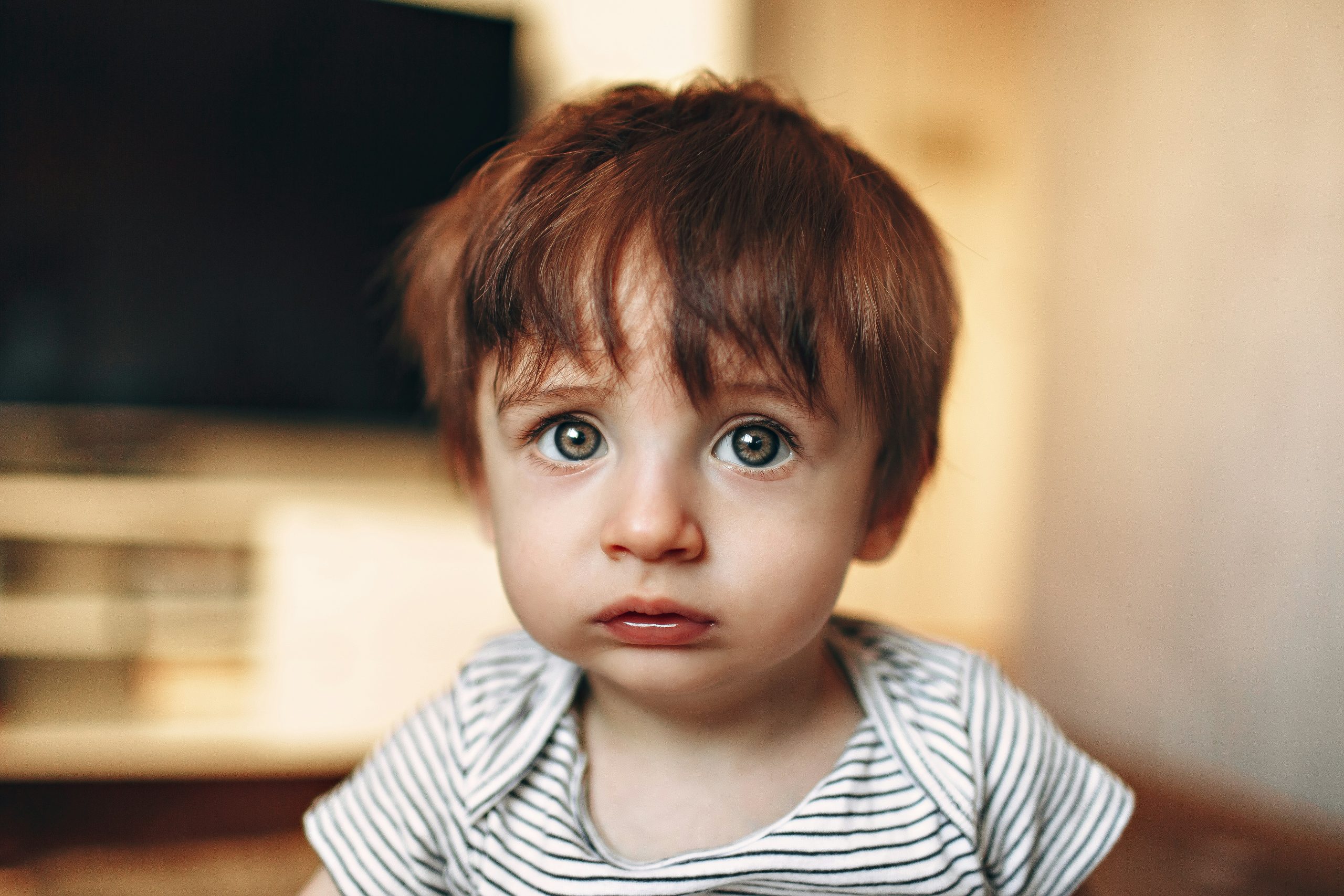The concept of family has evolved significantly over the years, reflecting changes in societal norms, cultural diversity, and economic conditions. One notable trend that continues to shape family life is the prevalence of children living with two parents. While this traditional household structure remains common, its dynamics have shifted in the context of modern challenges and opportunities.
The Prevalence of Two-Parent Households
According to data from the U.S. Census Bureau, as of 2016, 69% of children under 18 lived with two parents. This statistic highlights the enduring presence of two-parent households as a cornerstone of family life in America. Notably, this figure has declined over time—in 1960, 88% of children lived with two parents. The decrease reflects broader societal changes, such as higher divorce rates and an increase in births to unmarried parents.
Despite these shifts, two-parent households remain the most common arrangement for raising children. In 2025, this trend persists, though with more diverse representations of two-parent families. These include same-sex couples, blended families, and cohabiting parents who choose not to marry. These modern iterations of the two-parent household reflect broader acceptance and adaptation to contemporary values.
Factors Influencing Two-Parent Households
Several factors contribute to the continued prevalence of two-parent households. Research highlights the economic benefits of dual-income families, with two parents often providing greater financial stability and access to educational and extracurricular opportunities for children. Additionally, shared parenting responsibilities can foster a balanced work-life dynamic, particularly as societal norms increasingly emphasize gender equality in caregiving roles.
Cultural and societal values also play a significant role. Many communities uphold the importance of a two-parent family structure for its perceived benefits to child development, such as emotional stability, academic performance, and social skills. Data from 2016 further revealed that children living with two married parents were less likely to experience economic hardships, with only 8% living in poverty, compared to 40% of children living with a single mother.
Challenges Facing Modern Families
Modern families face unique challenges that influence household dynamics. Economic pressures, including the rising cost of living and childcare, place strain on many families. Additionally, the prevalence of remote work, while offering flexibility, has blurred boundaries between home and professional life, requiring parents to navigate new ways of maintaining work-life balance.
Moreover, the ongoing impacts of social media and digital connectivity have reshaped family interactions. Parents today must navigate how to integrate technology into family life while fostering meaningful connections and protecting children from online risks.
Emerging Trends in Two-Parent Families
One significant trend is the rise of cohabiting parents who choose not to marry but share parenting responsibilities. As of 2016, 7% of children lived with cohabiting parents, up from 3% in 1996. This shift reflects changing attitudes toward marriage and a broader acceptance of diverse family structures. Similarly, the number of same-sex couples raising children has grown, contributing to the rich diversity of modern family life.
Multigenerational living arrangements have also gained popularity, often driven by economic considerations and cultural traditions. In such households, children benefit from the support and wisdom of grandparents or extended family members, adding new dimensions to the concept of a two-parent home.
The Road Ahead: Supporting Families
As family structures evolve, policies and societal support systems must adapt to meet their needs. Access to affordable childcare, parental leave, and flexible work arrangements are crucial to ensuring families can thrive. Schools and community programs also play a pivotal role in supporting children and parents alike, providing resources that foster education, well-being, and a sense of community.
In 2025, the definition of family is more inclusive and adaptable than ever before. While two-parent households remain a cornerstone for many, their modern iterations reflect a broader understanding of love, support, and partnership. These evolving dynamics not only shape individual families but also contribute to the rich tapestry of society as a whole.

